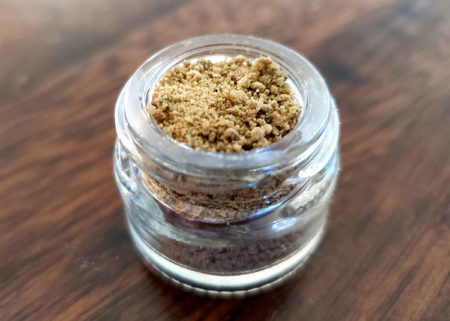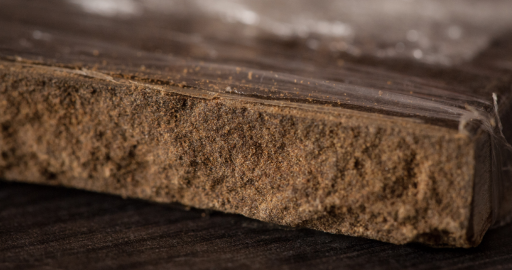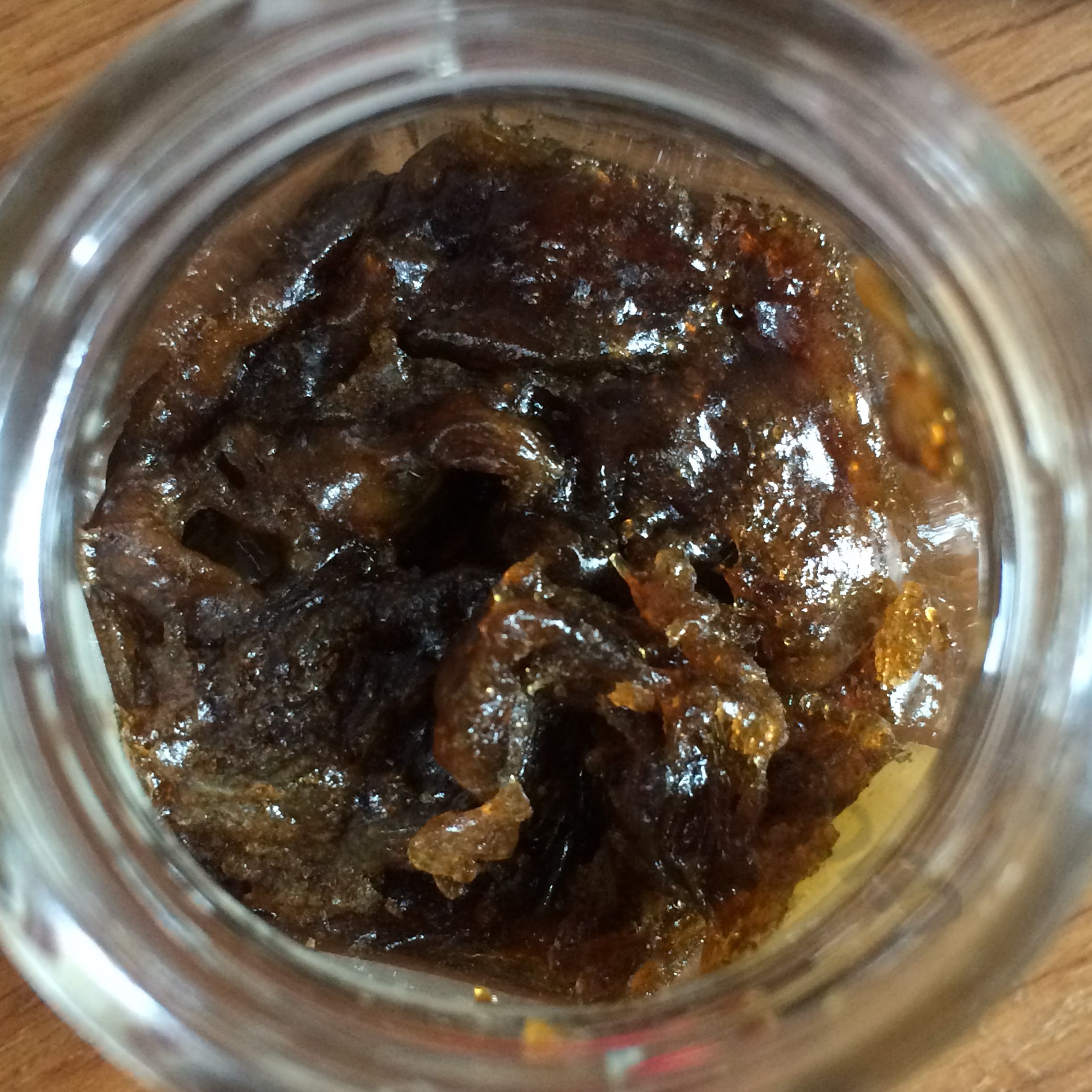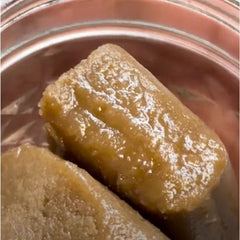can't post too long post - so
here's the more interesting article:
Without a doubt, hashmaking is an art. Many different techniques have been used throughout the History, each of them with pros and cons. In this article we compare both yields and quality of dry flowers versus fresh frozen, one of the latest techniques developed to separate resin glands from...

www.alchimiaweb.com
"
If this experiment has shown us anything, it?s that the plant material itself will dictate the best way to extract, and it?s really
only by trying and testing that we are we able to uncover this knowledge. As we?ve seen with here, there can be notable differences even between phenotypes of the same plant, with the R-Kiem #1 giving
almost 100% more yield than R-Kiem #2 in fresh-frozen, but
only 23% more with dry material. Not only that, but the #1 phenotype also released almost no chlorophyll during the fresh-frozen extraction, giving a beautiful
light-coloured resin, whereas the extraction using dried material of the same #1 plant was
visibly darker, having taken on some vegetable matter at some point during the process. And, just to prove how important hash making is for
plant selection, and vice-versa, the #2 phenotype behaved in exactly the opposite way, the dried material produced a
much cleaner result than the fresh-frozen extraction, from which the third wash and all subsequent washes were, in our view, far too green in colour.
So, at the end of this particular experiment, we?ve seen that from
two plants of the same strain that were very similar in appearance, aroma and flower yield, we achieved quite
contrasting results from each different extraction process, with R-Kiem #1 being better suited to fresh-frozen hash making, and R-Kiem #2 better suited for extractions using dried material. However, given the considerably
higher yields and superior quality obtained by R-Kiem #1 in the fresh-frozen extraction, in this case, we would definitely be keeping a mother plant of that particular phenotype in order to provide clones for future cultivation with hash-making in mind.
"
seems like it depends which pheno is being worked with. some pheno will yield more as wet some will yield more as dry
"
Extraction process
In this case, the material was processed in a
medium-sized portable washing machine, but
smaller and
larger machines are available depending on your need. Hand-stirring in a bucket is a perfectly viable option for smaller quantities or if you don't have a washing machine.
Various types of quality and sizes of
filter bags are available for making hash, but for this project we used a
5-bag set of Pure Extract Bags to filter the water and separate the vegetable matter (220) and the different sizes of trichome heads by micron size from (160>120>73>25). The use of a
220 micron zip-close work bag inside the machine can be a useful idea to save time and mess, while some may prefer to wash the material loose, thus allowing it to circulate freely in the water. It's a personal choice and experience will show which works best for you.
For each of the four extractions, we carried out
multiple washes in order to separate the maximum amount of resin from the material; first we ran the washing machine for
three minutes before draining, separating and collecting the trichome heads, next we washed for
six minutes, then
nine,
12 and finally
15 minutes each for the last few washes, until the temperature of the water rose above 1ºC and the quality and quantity of the resin collected visibly declined and we decided further extraction wouldn't yield much of any worth.
"
ok they used Portable washing machine so they didn't say how much ice/cold water they needed to add for fresh frozen ("FF")
"but dried flowers will occupy less volume in the freezer than fresh-frozen material, being less bulky and heavy." @Farid @Cheebsy







